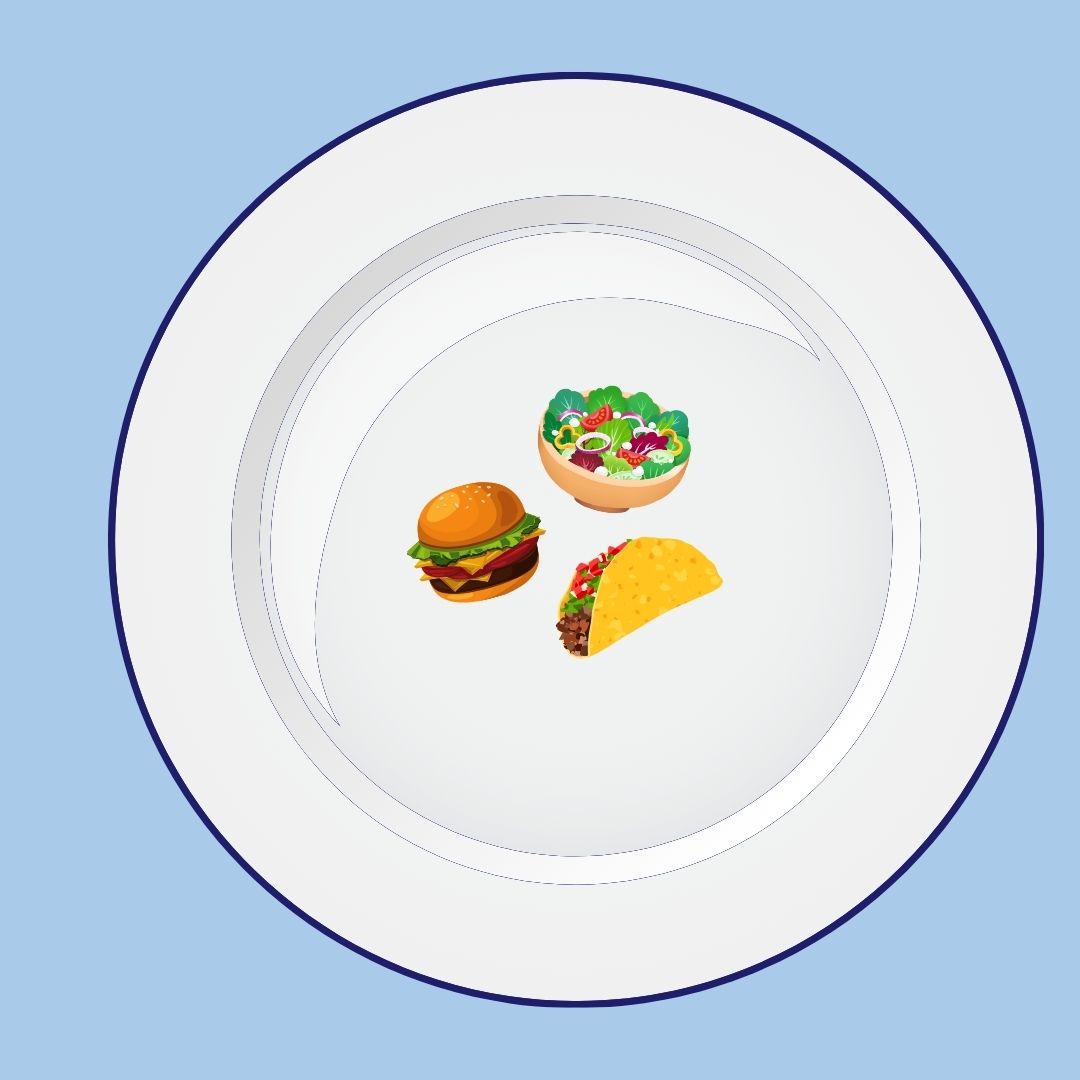While there’s speculation that the United States is nearing the end of the Big Gulp Era, American culture is far from permanently smaller portion sizes. The National Restaurant Association’s 2024 report reveals that 75% of consumers are looking for smaller portion sizes for similarly reduced prices. This, however, does not factor in the deep-rooted customs in our country. In some cases, the very nature of a brand relies on value meals — and until these restaurants see a decline in sales, they will keep their current models. In other situations, companies might be shrinking their portion sizes, but they aren’t doing so in conjunction with lower prices. For smaller portion sizes to truly be feasible, an entire societal structure needs to change, shifting American priorities from convenience and monetary value to health and sustainability. In comparison to other countries, our eating habits may seem absurd, but changing them requires a lot more than smaller portion sizes. It requires a collective cultural mindset shift. So, while Americans might care about smaller portion sizes in theory, what they care more about is value for their dollar.
Looking at companies whose brand identities rely on massive amounts of food, it’s clear that not every restaurant can afford to downsize their portions. For buffet-style restaurants, limiting consumption is out of the question because large portions are a fundamental pillar for its success — it’s in the name. If your favorite all-you-can-eat buffet stopped serving all-you-can-eat, you’d quickly find a new go-to spot that follows through on its promise. Moreover, family dining chains such as IHOP and Denny’s thrive off of the hearty portions they provide. When people walk into these restaurants, they have the intention of stuffing themselves full of delicious, hefty meals. Reducing portion sizes would take away the appeal that comes with these chains, and they’d quickly lose relevance.
Yet, in some cases, not only can companies afford to make menu changes, they need to do so to stay relevant. We have seen steps taken by Burger King to reduce portion sizes on some menu items, but their intentions are profit-driven. In 2022, Burger King’s largest franchise in the U.S. announced that their 10-piece nugget box would be cut down to just eight. Wholesale brands like Betty Crocker have taken similar courses of action. The popular cake mix brand decreased its “Super Moist” cake mix from 16.25 ounces to 14.25 ounces without changing the cost or recipe instructions. By keeping the prices the same, customers were less likely to feel scammed for their money and more likely to accept the new change. These changes are examples of companies engaging in shrinkflation — a business practice where a package is marketed at the same price but contains less of the product.
While Burger King was relatively upfront about their changes, Betty Crocker’s attempt to divert attention from their downsize involved slight commercial manipulation. The company kept the recipe on the back of the box identical to the original so fewer people would notice a difference as they were baking the cake. However, by removing 60 grams of the dry mix without adjusting the wet ingredients accordingly, the company sacrificed the quality of the final product. Lastly, Subway’s introduction of a snack menu category, “Sidekicks,” seems to be promoting smaller portion sizes through snacks. On the contrary, they are selling 12-inch cookies and churros under the guise of being snack foods, encouraging overconsumption. In this case, the product changes seem to be an innovative addition to the menu to drive sales, not an attempt to satisfy the desire for smaller portions.
From a global perspective, it’s no secret that American portion sizes are larger than most other countries. We’ve been fighting off accusations from Europeans over our soda cups and family-sized bags of chips for decades, and it’s a losing battle. What differentiates our TV dinners from their family meals and our processed aisles from their fresh produce can be boiled down to the ingredients and the culture of the food industry.
Ingredient regulation by The Food and Drug Administration is rarely as strict as it should be. Loopholes allow companies to declare chemicals used in their products to be generally safe without ever having to consult the FDA. Even when they are consulted, the review process allows additives to stay in products until proven harmful. In comparison, European countries require additives to be proven not harmful before they are allowed on the shelves. A language barrier separating American ingredient labels from foreign ones, but even a native English speaker might struggle with chemical names like monosodium glutamate and butylated hydroxytoluene.
Additionally, the culture of a country largely contributes to the eating habits of its citizens. In many other countries, the practice of cooking, eating and sharing food is integrated into daily life. For example, Italians often focus on the quality of ingredients and family time during meals; individuals consequently listen to their hunger cues, thus eating slower. America’s hustle culture encourages individuals to eat quickly, treating meals as something to get over with. Whether it’s rushing to a drive-through during a 20-minute lunch break or heating up a frozen meal after a long day of work, we rarely take the time to think about what goes into our food. Instead, in true American fashion, we opt for convenience. While Americans think they want smaller portion sizes, it is so deeply ingrained in our culture to get the most food for our dollar that I doubt substantive change will be made in the form of smaller portions for less money. Instead, I think companies will be forced to reduce product sizes from a financial standpoint, leaving consumers with less bang for their buck. And before we have a conversation about suppliers moving away from super-sized meals, we need to tackle the bigger problem of consumers craving convenience.
Ameya Jain, FCRH ’28, is a psychology major from Los Angeles.










































































































































































































